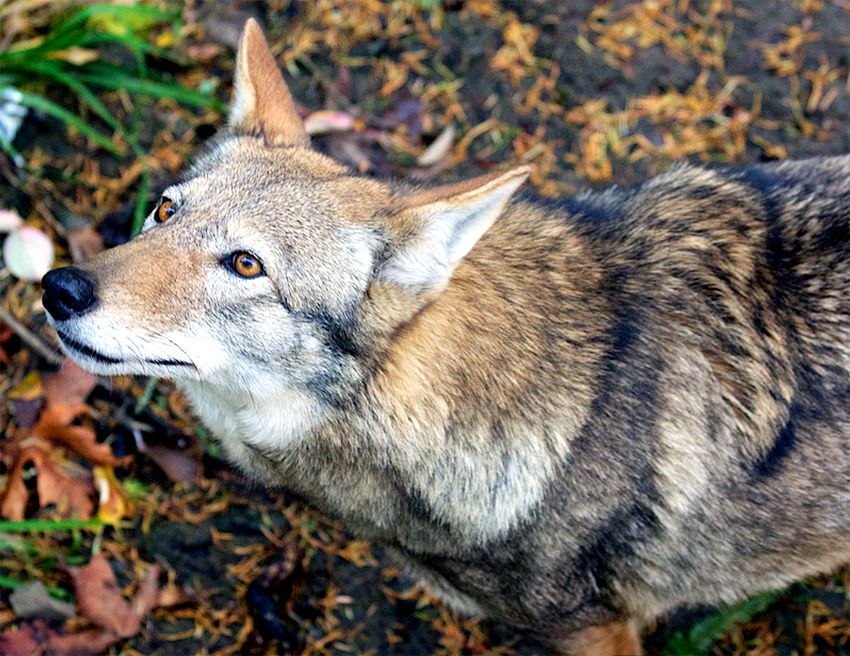
With Only 45 Red Wolves Left in the Wild, Confinement Plan Won’t Save Species

Sending a mixed message for the future of red wolves, the U.S. Fish and Wildlife Service announced Monday it will confine red wolf recovery to just federal lands in Dare County, North Carolina, but will identify new sites for wolf introductions and double the number of captive-breeding pairs. The long-delayed announcement comes after the agency announced back in June 2015 that it was suspending red wolf reintroductions into the wild while it re-evaluated the feasibility of the recovery program.

“It’s good the service is acknowledging that we need more breeding pairs and new reintroduction sites to spur red wolf recovery,” said Jamie Pang, endangered species campaigner at the Center for Biological Diversity. “But we’re extremely disappointed in the agency’s highly political decision to confine red wolves to only federal public lands. The best opportunity for red wolf survival is to allow these animals to expand onto the private lands surrounding the refuges.”
The best available science demonstrates that red wolves are still recoverable. A 2014 report written by the Wildlife Management Institute at the behest of the service concluded that if the red wolf is going to recover, two additional populations need to be established in the wild and additional resources need to be invested to build local support for red wolf recovery.
A recent population viability analysis, released in June, also concluded that red wolf survival is possible if more captive populations are released into the wild and mortality is reduced. The Center for Biological Diversity submitted an emergency petition to revise the 10(j) rule requesting the service reduce shooting deaths on private lands and identify additional reintroduction sites.
Nearly 500,000 red wolf supporters signed a petition delivered last month to the Fish and Wildlife Service calling on the agency to continue to work to recover the dwindling red wolf population, with only a reported 45 red wolves left in the wild.

 233k
233k  41k
41k  Subscribe
Subscribe 